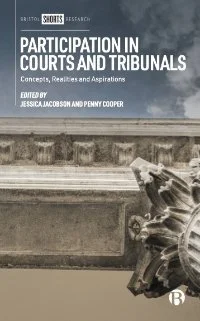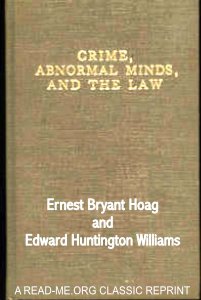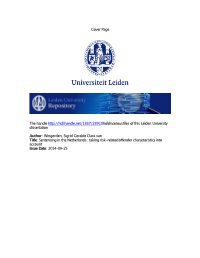Edited By Jessica Jacobson And Penny Cooper.
Concepts, Realities and Aspirations. Foreword by the Rt Hon Sir Ernest Ryder : “The authors’ central thesis is that people should be able to participate effectively in the court and tribunal proceedings that directly concern them….The study shows that practitioners do, by and large, make sincere efforts to help lay users participate in proceedings; yet many barriers to participation remain which can leave users marginalised in hearings. It is the responsibility of all those who work in courts and tribunals to understand these barriers and take steps to help users overcome them – this study provides insight and practical suggestions. “
Bristol University Press (2020) 198p.









